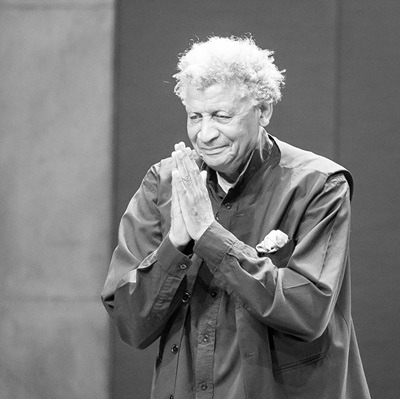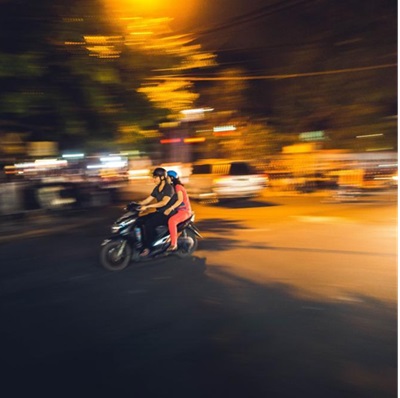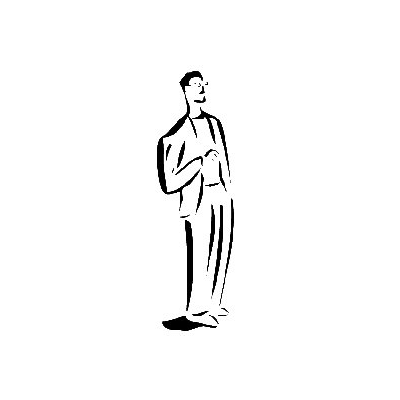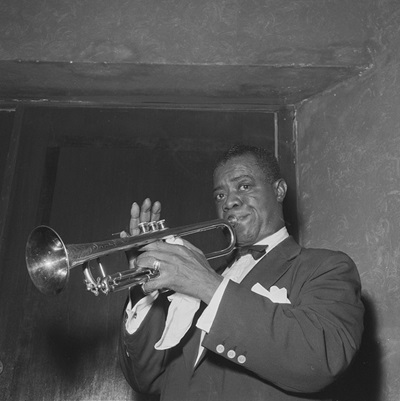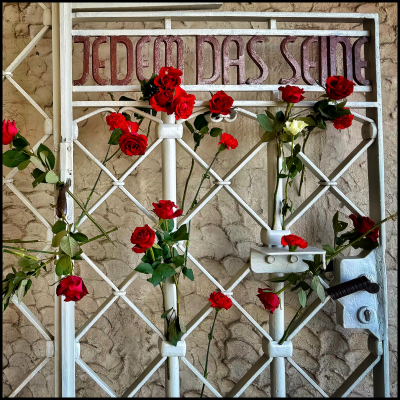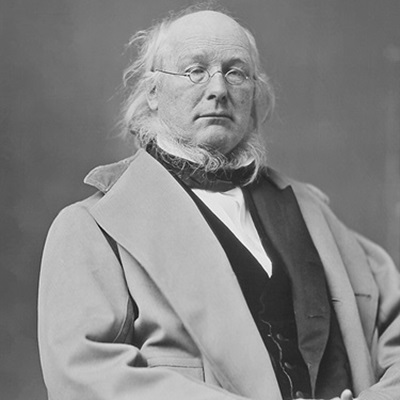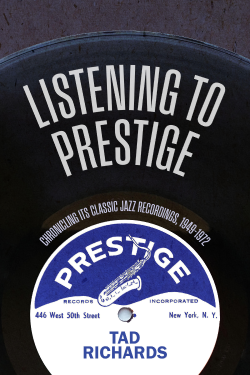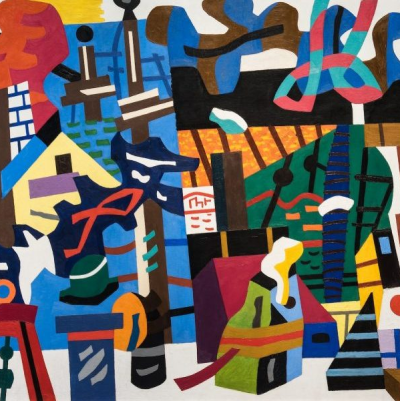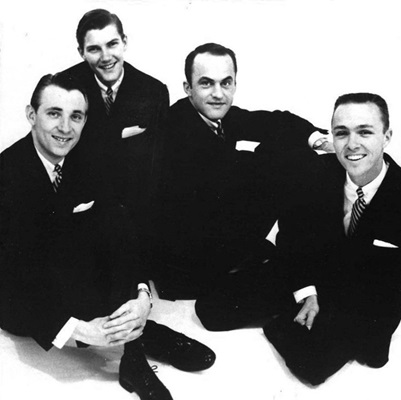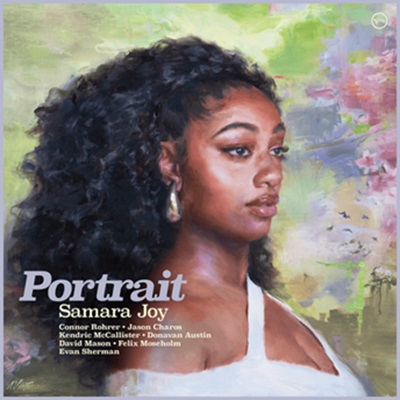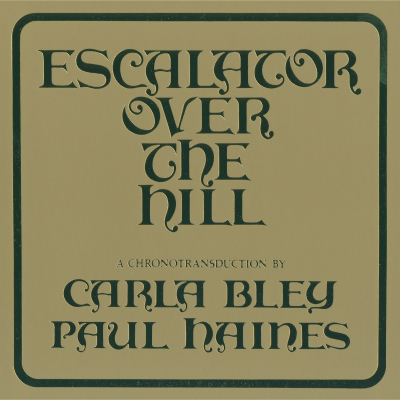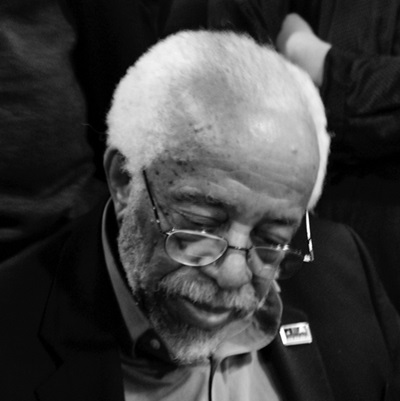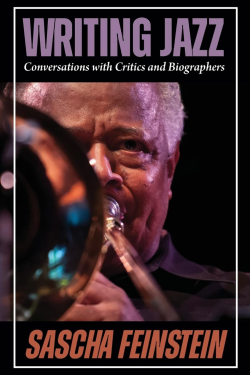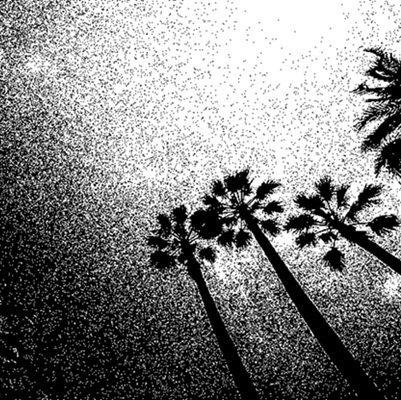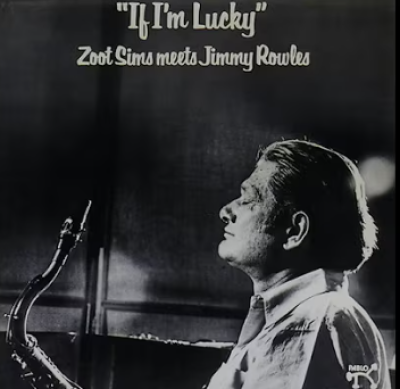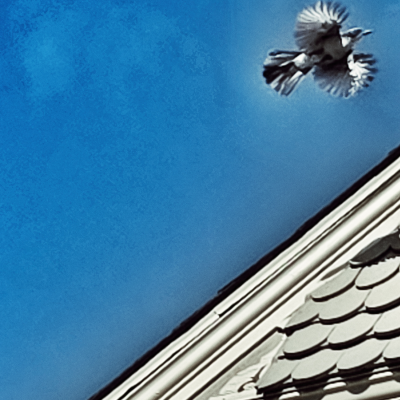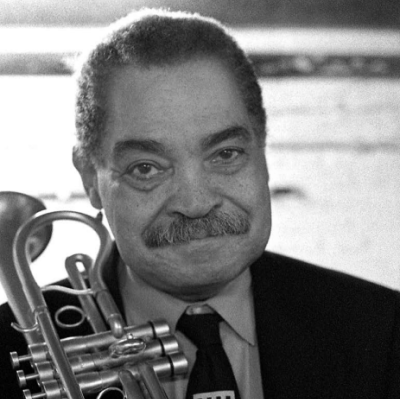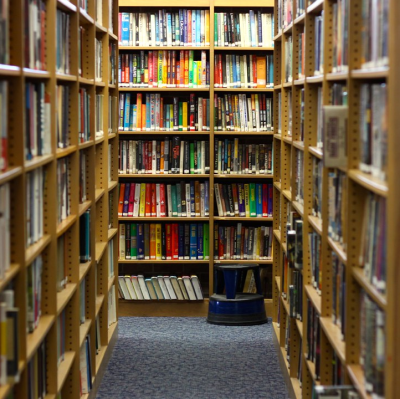Accent on Youth
by
Ted Bryan
___________________________
Ted Bryan is a seventeen-year-old Portland, Oregon resident who was co-winner of the 2006 Accent on Youth Essay Contest, as judged by jazz critic Gary Giddins, vocalist Dee Dee Bridgewater, and the publisher of Jerry Jazz Musician. His passion for jazz is the focus of the column.
This is Ted’s debut column, originally published July 5, 2006
*
Listen to Dinah Washington sing Accent On Youth
Out From In
__________________________________________
Second paragraph, book four, of his Vanity of Dulouz:
An Adventurous Education, 1935-46, Jack Kerouac poses the artist’s
existential quandary: “Did I come into this world thru the womb of my mother
the earth just so I could talk and write like everybody else?”
This month I am going to begin a two-part series, comparing
and contrasting two jazzmen who worked to stretch the boundaries of the medium,
who contributed greatly to free jazz (the next step after bebop), and who
often straddled the fence between music and noise: Eric Dolphy and Roland
Kirk.
Both played more than one instrument, Dolphy using Bb
bass clarinet, alto saxophone, and flute; Kirk playing tenor sax, manzello,
stritch, black mystery pipes, flute, nose flute, siren, piccolo, harmonium,
et cetera, et cetera. Where they differ is that Dolphy only played one instrument
at a time; Kirk reportedly had a dream where he saw himself playing three
horns at once, and so he took to it, coupling simultaneous multi-horn playing
with his talent for circular breathing. If the real purpose of jazz is to
capture the emotions of people and set them into musical form, then I postulate
that, beginning with Charlie Parker in the fifties, there came a realization
of the need for noise in jazz due to increased unrest in the United States.
Are we to think it mere coincidence that free jazz and civil rights came
along largely during the same time period? I should hope not. What Kirk and
Dolphy were a central part of was trying to help jazz be more than it had
been before. The music of these two men is music to clear your head, to blow
out control sinuses, and to shake some liberation into the forefront of the
consciousness. It’s also music to just have a good time with, to help you
into whatever frenzy you like, to help you breathe. So that is what their
music does — now on to what it is.
I was in the car recently with my mom, and we were listening
to Dolphy’s Last Date, which was recorded 27 days before his June
29, 1964 death. The track playing was “The Madrig Speaks, The Panther Walks ,”
and as we listened, my mom (a musician herself) commented on Eric’s tone
being round and dark. I interjected a few observations of my own: weird and
mournful. Although mournful may not have been the “right” adjective (as in,
maybe not a correct judge of intent, at least maybe not on “Madrig”), it
seemed to fit its purpose at the time. Of his alto sax playing, my mom said,
“It’s almost like he’s playing a completely different instrument.” She added
that his tone sort of blends in with the background, and that at times it
doesn’t define itself. I suggested that sometimes when he plays his low notes
they aren’t even there. (And by that I meant to describe a sound utilized
by both Dolphy and Kirk: the interrupted note. These guys will often launch
a breath out of their bells and make it sound like a car engine starting
— the note breaks up and is sort of discontinuous in the air. You can hear
it on the beginning of Kirk’s “Rip, Rig And Panic .”)
Dolphy’s ability to make his horns sound like a completely
different instrument, and to walk the line between definite/indefinite sound,
adds to the distinction of his voice. That he was unafraid to blow jokes
or noise on the road to new discoveries and frontiers shows what a damn bold
and funny guy he was. For instance, listen to his use of repetition of four-five
notes in a little swinging riff on the album Out There. On the first
track, the same riff is returned to — the foundation for short bursts of
playing, again and again, effectively serving as a reference point and creating
an entity of sound (the entire solo) that can be divided into two parts.
Imagine the surprise when, coming to the end of the album, you hear the riff
again, although less overt, in the solo on “Feathers “! That’s funny, but
it’s also genius.
If you were going to compare Kirk’s sound to the comic
book art of S. Clay Wilson (which I have heard described as being something
akin to “graphic agoraphobia”), you’d have to say Dolphy sounded like B.
Kriegstein. Specifically, I’m thinking of Kriegstein in the one story he
drew for MAD, a parody of “From Here To Eternity”. In the story,
Kriegstein accentuates the curves and lines of the human form. He caricatures
the protagonist’s slouch at almost a perfect 180 degrees; the fingers jut
out looking like they’re too long to handle anything…the effect is extremely
comical, but Kriegstein’s style allows for an encompassing sense of what’s
natural. The characters are ridiculously shaped, but you can imagine looking
up from the page and seeing one of them walk by. I’m not sure how he does
it (and from what I’ve seen of his other work, the MAD article is
fairly unique). So, while Kirk deals with blobs, layers of sound, Dolphy
is capable of much more angular material; unnatural to the sensitive ear
and unexpected qua jazz (or any music, really), but actually commonplace
to the denizens of any bustling avenue or boulevard. Anyone who has ever
taken a good long look at a lonely wall, or watched a clay chip off the handle
on a mug of bitter, cold coffee; anyone who has ever felt his own heart weaving
a web to trap him while garbage men banged the cans in the street can and
ultimately will empathize with this music.
His first offering as a leader, Outward Bound,
shows him in a fairly standard bop quintet format, with Freddie Hubbard on
trumpet, George Tucker on bass, Jaki Byard (who worked with Kirk and Charles
Mingus) on piano, and Roy Haynes on drums. The playing is inventive and
energetic, but the album isn’t as much of a statement as his next album,
Out There, which features George Duvivier on bass, Ron Carter on cello,
and Roy Haynes, again, on drums. Out There is my favorite Dolphy album,
but it’s also the one I have owned the longest, so it could just be the one
I am most comfortable with. It is Dolphy’s final studio album, Out To
Lunch (a very “out” guy!) that delivers the angles I speak of. Out
To Lunch showcases the phenomenal Richard Davis (who played on Van Morrison’s
Astral Weeks) on bass, Freddie Hubbard, Bobbie Hutcherson on vibraphone,
and young Tony Williams on drums. It contains many moments of great beauty,
but on some songs it’s like the beauty has fallen down a broken staircase,
hitting each step as she came down. Out To Lunch is incredibly structured,
as is most of Dolphy’s material, it is the actual sounds made that often
confuse people into thinking it’s “free” jazz.
Art without conflict would be incredibly boring, and
Dolphy knew that, so he utilized dissonance when creating his melodies, and
the effect is great. The soloing is unpredictable, and some of it is so damn
squawky you wonder what he is doing to that poor goose. But even in him moments
of frenzied playing, Dolphy soothes. Kirk can often sound like a conjurer
of demons, creating these fantastic scenes of turmoil with his horns, but
Dolphy sounds like he is sublimating his thoughts and demons, expelling them
through the music in a terse way, exorcizing them through the music instead
of creating a lot of “hoo hah!” to yell and shout at. Maybe he was shy, certainly
not as magniloquent as Kirk, but he was incredibly courageous, and the world
of music — and the world in which we live — would be a lot better place
if we all followed his example.
______________________________






